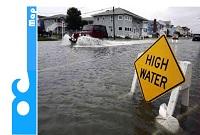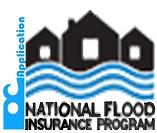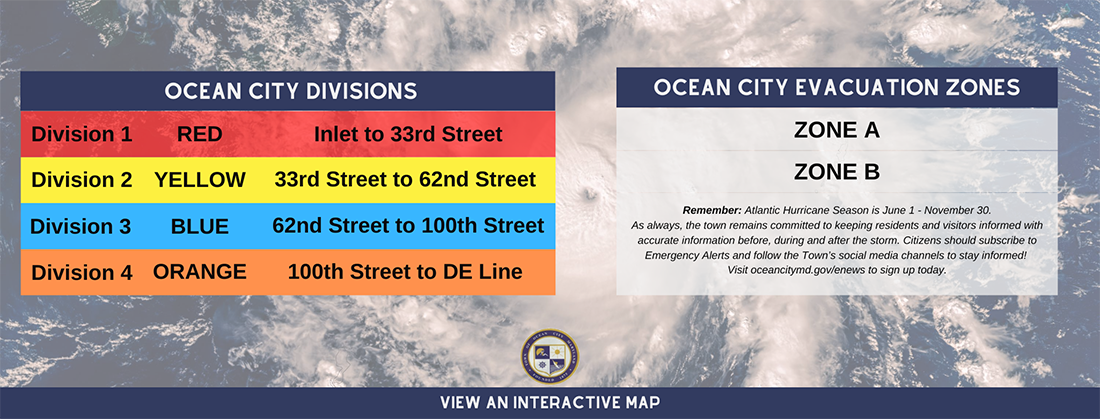What is our community’s evacuation plan?
Should a hurricane (or natural disaster) threaten the Ocean City area, an evacuation order may be issued. An evacuation order is a protective action whereby citizens are moved from a place of danger to a place of relative safety when a disaster is a threat to life, and/or the property of our residents and visitors in Ocean City.
When it comes to hurricanes, the Town of Ocean City follow’s the state’s hurricane evacuation plan. The evacuation zones were a result of the Maryland Hurricane Evacuation Study which identified 3 large areas in Maryland subject to tidal flooding. The State’s evacuation plan aims to bring awareness of the evacuation zones to the forefront of Marylanders’ summer plans and make evacuation notices easier to disseminate. Although slightly different than Ocean City’s flood inundation zones, residents of and visitors to Maryland are encouraged to visit www.KnowYourZoneMd.com, where they can type in an address and quickly find out what zone, if any, their property is located in.
How quickly will I need to evacuate?
The Town of Ocean City uses the concept of phased decision points based primarily on the National Weather Service (NWS) storm classifications (advisory, watch, warning, etc.). These decision points will be used as an overall philosophy in hurricane planning, response, and recovery and facilitates the actions necessary to give an evacuation order. Evacuation phases are built into these classifications. Hurricanes are classified using the Saffir/Simpson scale, which categorizes hurricanes based upon their intensity, and relates this intensity to damage potential. A significant number of hurricane injuries can occur from the approaching system and the strong winds and flooding that will result from the storm surge.
It is incredibly important that you KNOW YOUR ZONE & DIVISION and, if you are asked to go, move quickly but safely outside of the evacuation area.
Remember, Emergency Managers are counting on you to be prepared and do the right thing to keep yourself and your family out of dangerous situations. KNOW YOUR ZONE & DIVISION and have a plan for where you will go should something happen this hurricane season.




